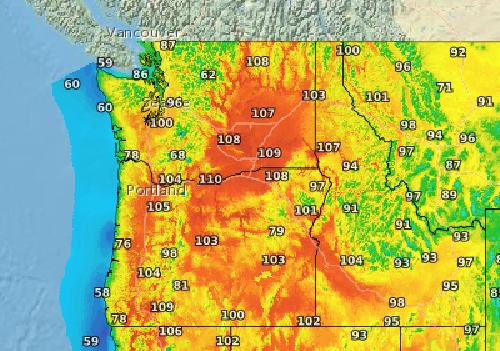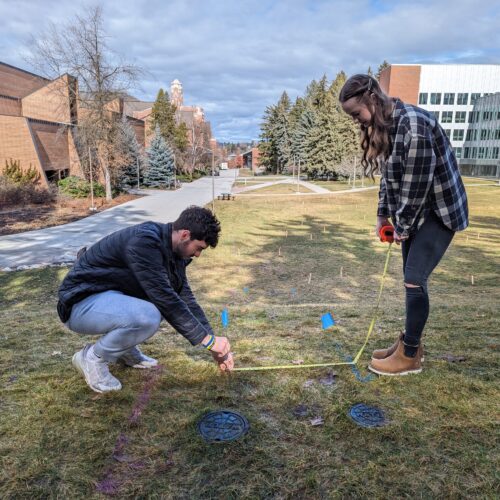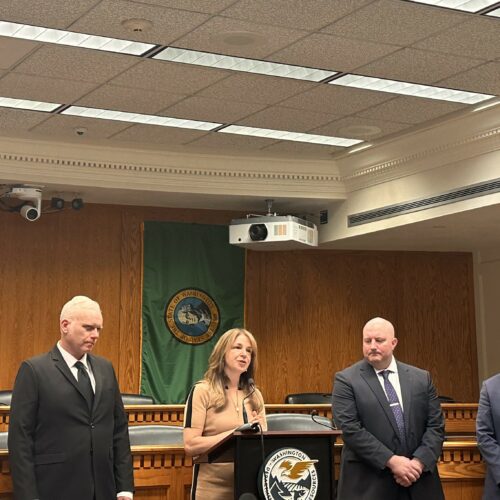Finally tonight: With heightened attention being given to surveillance and spying, Jeffrey Brown takes a look at an artist whose landscapes often contain more than meets the eye.
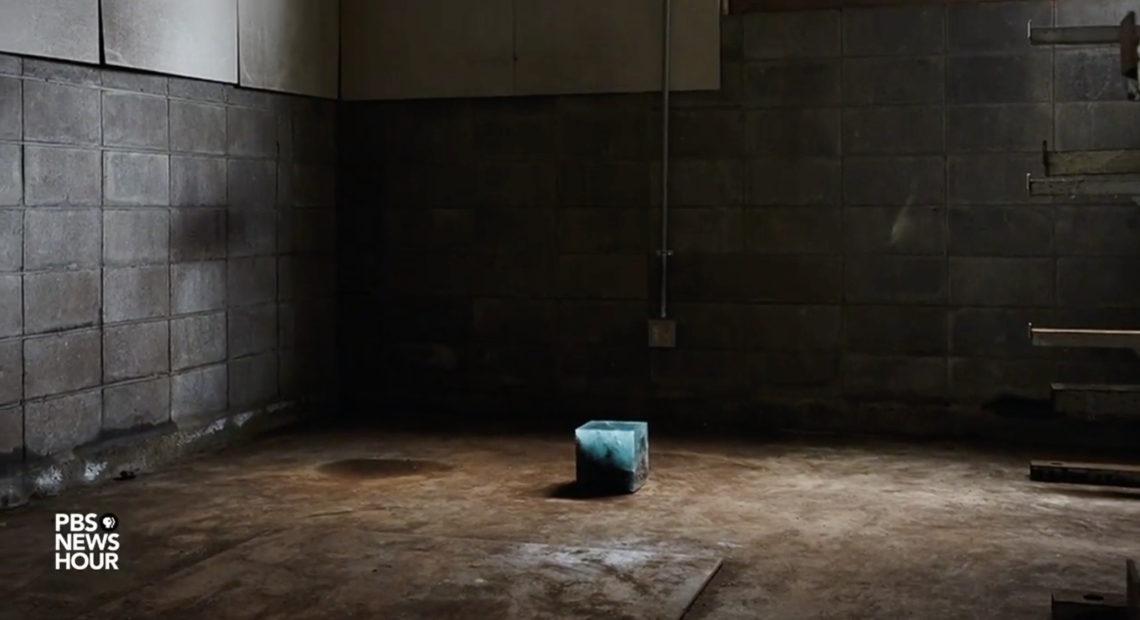
In A World Full Of Surveillance, This Artist Stares Back
Full Transcript
WILLIAM BRANGHAM:
JEFFREY BROWN:
What do you see when you look up at the night sky? For Trevor Paglen, there’s beauty and wonder, but something more.
TREVOR PAGLEN:
I see a planet that has been completely transformed by the humans, and transformed in particular kinds of ways, looking at who is putting things in space, for what reason.
JEFFREY BROWN:
Paglen is an artist showing us what he calls a landscape of surveillance, satellites orbiting the planet. Military installations off the grid. Cables under the sea.
Intelligence and information gathering hidden in plain sight, like a tiny dot in a gorgeous photo of the Nevada sky that turns out to be a drone.
His new exhibition at the Smithsonian American Art Museum in Washington is called “Sites Unseen.”
TREVOR PAGLEN:
What we see is mostly very familiar landscapes, but we also see a lot of very unfamiliar landscapes that we don’t recognize as such.
Learning how to see the environments that we live in, learning how to see the moment in history we live in. And I actually think that’s a lot harder to do than we imagine it.
JEFFREY BROWN:
We’re seeing it, but you’re saying we’re not seeing it.
TREVOR PAGLEN:
That’s what I mean by “Sites Unseen.” We’re seeing it, but we’re not recognizing it.
JEFFREY BROWN:
Paglen combines elements of photography, science, and investigative journalism. He has a Ph.D in geography, as well as a master’s in art.
And his work, exhibited in galleries and museums worldwide, won him a MacArthur Fellowship, the so-called Genius Award, in 2017. He sees himself in a long line of landscape artists, and sometimes makes direct connections to photographers such as Ansel Adams, for example, in this Yosemite scene.
But, in Paglen’s image, the movements of satellites show up in the sky overhead.
TREVOR PAGLEN:
You’re having a conversation when you’re an artist with all the people that are alive today, but you’re also having a conversation with your ancestors. How did they see it in their moment in time? How do we see it in our moment in time?
JEFFREY BROWN:
And how much can we see? Paglen took these photographs of military installations in the West from as many as 50 miles away, using telescopic lenses. He breaks no security or trespassing laws. Heat waves create a distortion effect he likes.
TREVOR PAGLEN:
You’re looking through so much heat and so much haze, that the light itself is falling apart, the image itself is falling apart. And, for me, that becomes a kind of metaphor.
You know, what do we actually learn from looking at images? What do images tell us, and what do they obscure?
And I want make images that have that tension within them, that don’t obviously reveal themselves in one way.
JEFFREY BROWN:
Sometimes, the tension isn’t obvious at all, like this seemingly prosaic Long Island beach scene.
TREVOR PAGLEN:
The photograph is a little bit of a trick, in the sense that there is no evidence of the thing I’m actually trying to photograph in the image. You cannot see the thing.
JEFFREY BROWN:
The thing is underwater. This is where transatlantic fiberoptic cables come ashore.
Paglen and his colleagues studied telecom maps and ocean currents, and learned to scuba dive to take these photographs of what he calls the infrastructure of the Internet, the information flow that can be swept up by surveillance efforts, and all out of sight of the beachgoers.
Do you want these people at the beach, who could be any of us, to know what’s going while they’re enjoying their day at the beach?
TREVOR PAGLEN:
Yes, yes, sure.
While they are enjoying their day at the beach, I don’t really care what they think about. But I think that, as a culture, yes, we should be paying attention to what’s going on. We should be paying attention to the things that are shaping what the rest of our lives are going to be like and what our children’s lives are going to be like.
JEFFREY BROWN:
Paglen loves to collect the odd code names and emblems attached to thousands of secret programs. They, too, become part of his art.
He’s worked often with investigative journalists. His footage of NSA bases was included in “Citizenfour,” Laura Poitras’ documentary about Edward Snowden. But he doesn’t consider himself an activist with a political agenda.
TREVOR PAGLEN:
If I say, I think we should pay attention to Google as an institution, and that we should really think about whether or not we want to have that sort of power concentrated in a particular company, corporations with that sort of influence, how do we want them to exist, is that an activist proposition?
Not really, in the sense that you’re not proposing something that we’re going to do about it. But perhaps it’s activist, in the sense that you’re saying, this is something I think should be on our kind of social agenda to look at.
JEFFREY BROWN:
His latest obsession, how artificial intelligence is reshaping the world of imagery, with machines increasingly making those images to be read, decoded and used by other machines, including facial recognition algorithms.
And Paglen has one more out-of-this-world idea coming soon. He’s designed his own satellite, but one unlike those he documents.
TREVOR PAGLEN:
The idea is to build a satellite that has no military, scientific, or commercial value. Can we build a satellite that is a work of art?
JEFFREY BROWN:
This orb-like sculpture in the exhibition is an early model. The actual piece will be diamond-shaped, and reflect sunlight back to Earth, moving through the sky like a new star.
You’re a guy who’s been looking at all these things up in the sky.
TREVOR PAGLEN:
Yes.
JEFFREY BROWN:
You had a desire to put your own thing there?
TREVOR PAGLEN:
Yes. I mean… JEFFREY BROWN: Yes?
TREVOR PAGLEN:
No, I try to — when I look at infrastructures, and I look at the kind of political stuff that’s built into our environments, I try to imagine, what would the opposite of that be?
Could we imagine if space was for art? What would that be? And then I’m kind of ridiculous enough where like, OK, let’s get busy, let’s do that.
(LAUGHTER)
JEFFREY BROWN:
The Orbital Reflector, a project with the Nevada Museum of Art, is expected to be launched this fall on a SpaceX rocket. It will be visible in the sky for several months before burning out.
For the PBS NewsHour, I’m Jeffrey Brown at the Smithsonian American Art Museum in Washington.
Related Stories:

Most Americans Think It Will Be At Least 6 Months Before A Return To Normal From COVID-19
Most Americans think it will take six months or longer for daily life to return to a relative sense of normal, according to a new PBS NewsHour/NPR/Marist poll. And as states begin the process of reopening, a majority of Americans are worried about a second wave of COVID-19 infections, too.
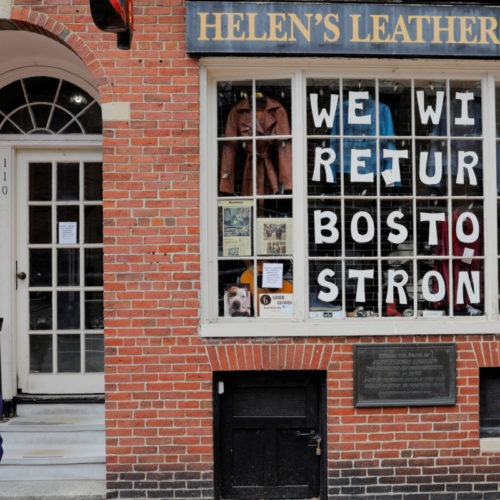
Here’s Who’s Being Hit Hardest By The Economic Downturn
The current estimated unemployment rate far exceeds the 10 percent peak reached in the Great Recession in 2009. It is the most devastating loss of jobs since the Great Depression, when economists estimate the unemployment rate reached 25 percent in 1933.
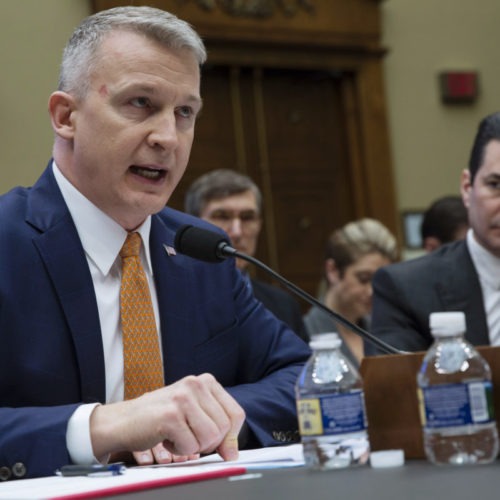
Read: Whistleblower Complaint Claims Federal Response To COVID-19 Prioritized Politics Over Science
A former vaccine expert with the U.S. Department of Health and Human Services (HHS) alleges in a whistleblower complaint that he was ousted because his efforts to address the coronavirus pandemic conflicted with those of President Donald Trump and other administration officials.

